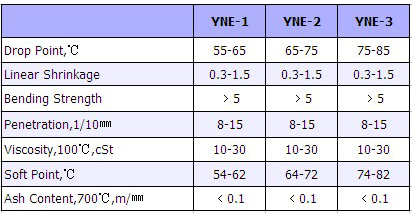Professional Design Precision Casting Wax for Bulgaria Factories
Short Description:
Product Detail
Product Tags
Professional Design Precision Casting Wax for Bulgaria Factories Detail:
Precision Casting Wax mainly is used for precision mechanical process with zero allowance or very limited allowance. We can not adopt general casting technique, but can only adopt zero allowance casting or precision casting. Because of the product’s structure is very delicate and complex especially in bejeweled with golden and silver, such as diamond ring, brooch, earring etc.
The characteristics of precision casting wax are: good coating property, no denaturalization to be heated, good flow ability, good thermal stability, and well surface finish.
Product detail pictures:

Our eternal pursuits are the attitude of "regard the market, regard the custom, regard the science" plus the theory of "quality the basic, have faith in the main and management the advanced" for Professional Design Precision Casting Wax for Bulgaria Factories, The product will supply to all over the world, such as: Hamburg , Barcelona , Macedonia , With excellent products, high quality service and sincere attitude of service, we ensure customer satisfaction and help customers create value for mutual benefit and create a win-win situation. Welcome customers all over the world to contact us or visit our company. We will satisfy you with our professional service!
How to clean and check a Mercedes duovalve/water control valve for the climate control system..1997 w202 shown. Other Mercedes models have the same type of valve but some have a single actuator (mono valve)..all are fairly similar follow me on twitter https://twitter.com/fupabox
This is a video explaining the modification done to the front axle (Dana 30). If your vacuum actuator has failed or you simply don’t trust it, this mod is for you.
Jeep is a 91 YJ 2.5L, 5 speed
Any questions feel free to email me at farmall230@gmail.com
Thanks for watching, enjoy!







